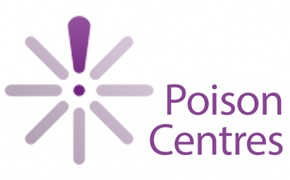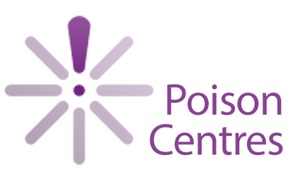
New ECHA guidance draft on the upcoming Annex VIII to CLP
CLP Annex VIII: what does it bring?

Commission Regulation (EU) 2017/542 defines how to harmonise the transmission of data regarding hazardous mixtures, making emergency interventions easier. Up until now data transmission has been different in each member state, which caused problems and slow-downs, with many inconveniences for those who place these mixtures in different countries and thus have to follow different procedures.
Some new elements introduced by this regulation are:
- European Product Categorisation System, a harmonised system of product categorisation used to describe the main intended use of a mixture to be submitted. This system is aimed at simplifying and standardising the data transmission process;
- UFI (Unique Formula Identifier), a unique alphanumeric code to be printed on the label of the product. It will create an unambiguous link between a mixture placed on the market and the information on that specific mixture submitted to poison centres, so that the chemical formulation of the product can be precisely and rapidly identified. The UFI may in the case of hazardous mixtures for industrial use and for mixtures which are not packaged alternatively be indicated in the Safety Data Sheet.
This regulation (UE) 2017/542 will come into force in three steps:
- January 1st 2020 for mixtures placed on the market for consumer use;
- January 1st 2021 for mixtures placed on the market for professional use;
- January 1st 2024 for mixtures placed on the market for industrial use.
Aim of this guidance
The draft of the upcoming “Guidance on harmonised information relating to emergency health response” is undergoing a process of consultation, with a tentative release date of December 2018.
ECHA prepared this guidance in order to provide a valuable tool that can help interested parties in multiple ways, such as clarifying specific topics of this new annex VIII, as well as providing a number of examples on how to be compliant with the obligations defined in this annex.
Part of the guidance is dedicated to explanations on how to generate, manage and use a UFI, accompanied by multiple examples.
For more information, refer to the following links:
- Commission Regulation (EU) 2017/542
- Draft of the “Guidance on harmonised information relating to emergency health response”
- Brief ECHA video on UFI
Newsletter 108